The United States is home to diverse National Parks, each offering its unique landscape and beauty. From the iconic and visually stunning to the remote and less traditionally scenic, these parks encapsulate the diverse natural splendor of the country.
This blog will cover the prettiest and ugliest U.S. national parks.
Okay, so no national park is “ugly,” BUT some parks are a bit less scenic than others. And that’s what we’re covering.
It is next to impossible to cover all 63 U.S. national parks in this post, but I’m listing the most notable ones to consider for your next trip.

FREE CLASS: Get PAID to Travel!
Sign up for my free class and learn how I land paid brand deals that pay me to travel as a content creator and influencer!
Prettiest U.S. National Parks
Yosemite National Park, California
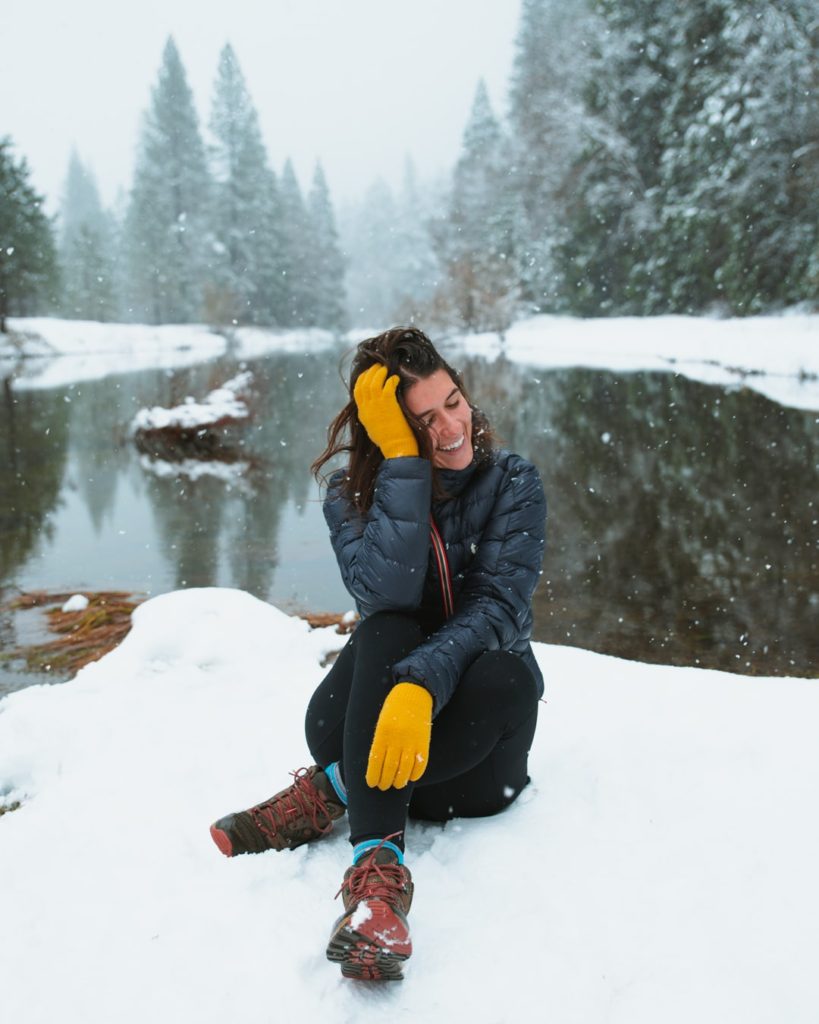
- Known For: Iconic landmarks like El Capitan, Half Dome, and Yosemite Falls.
- Why It’s Pretty: Stunning waterfalls, giant sequoias, and breathtaking valley views make it a photographer’s paradise.
Yosemite National Park in California has amazing views and is one of the crown jewels of the U.S. National Parks system, celebrated for its extraordinary natural beauty.
This park is a haven for photographers and nature lovers, boasting iconic landmarks such as the towering granite cliffs of El Capitan and Half Dome and the majestic Yosemite Falls, one of the tallest waterfalls in North America.
Its vast wilderness includes ancient giant sequoias, serene meadows, and crystal-clear streams.
Each season in Yosemite brings a new perspective of its beauty, from the blooming wildflowers of spring to the snow-capped peaks in winter.
The valley offers breathtaking views and a range of outdoor activities, which is why it sits high on California National Parks ranked.
Glacier National Park, Montana
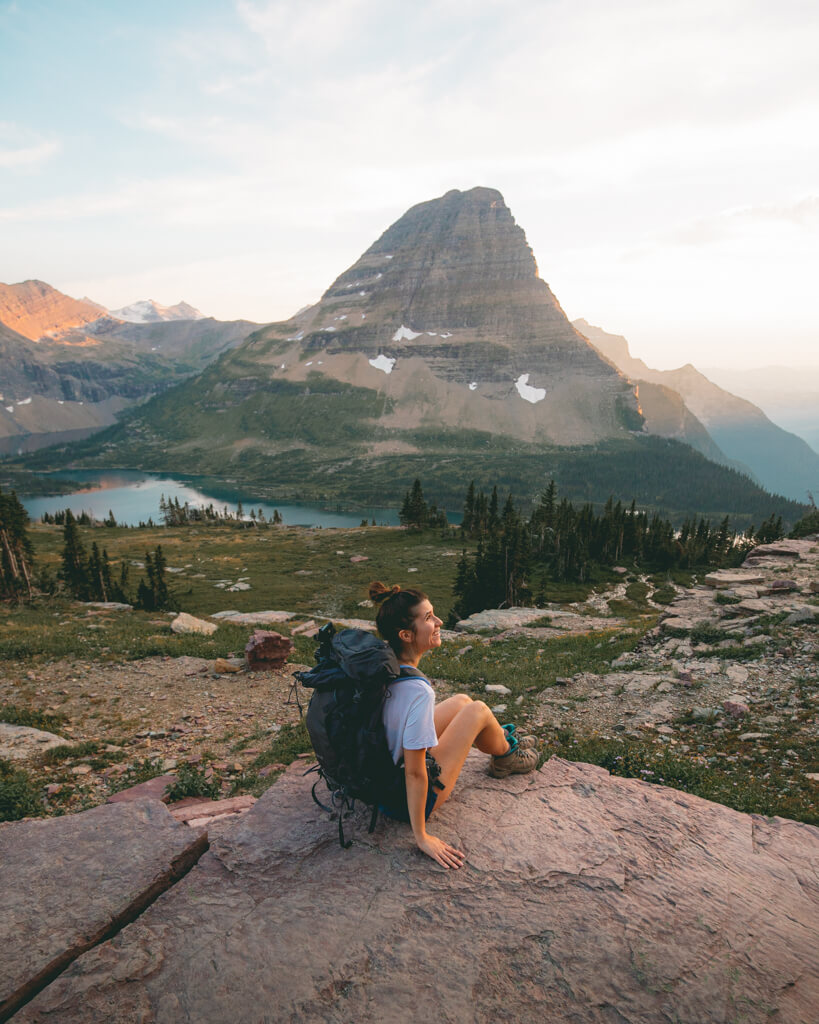
- Known For: Spectacular glaciers, pristine alpine scenery, and the Going-to-the-Sun Road.
- Why It’s Pretty: Dramatic mountain landscapes, diverse wildlife, and picturesque hiking trails.
Glacier National Park in Montana is renowned for its breathtaking natural beauty, capturing the essence of the American wilderness.
This park, often called the “Crown of the Continent,” is home to stunning mountain ranges, over 700 lakes, and hundreds of species of animals.
Its landscapes are dominated by spectacular glacier-carved peaks and valleys that stretch across the Canadian border.
The park’s iconic Going-to-the-Sun Road offers one of the most scenic drives in America, winding through mountains with awe-inspiring vistas.
Visitors are treated to many hiking trails that lead to emerald green lakes, hidden waterfalls, and viewpoints overlooking vast expanses of unspoiled nature.
Honestly, this has to be my favorite park!
Read next: The Perfect 3 days Glacier National Park Itinerary.
Grand Teton National Park, Wyoming

- Known For: The Teton Range and beautiful lakes like Jenny Lake.
- Why It’s Pretty: Offers stunning mountain landscapes, wildlife viewing, and serene lakes, perfect for photography.
Grand Teton National Park in Wyoming is a stunning showcase of the American West’s rugged beauty. The park is named for the Grand Teton, the tallest peak in the Teton Range.
It is known for its striking mountain landscapes, which dramatically rise from the Jackson Hole valley.
The scenery includes pristine lakes, such as Jenny Lake and Jackson Lake, which reflect the imposing mountains and offer breathtaking photo opportunities.
One of my favorite parts of visiting this park was camping at many scenic vistas with breathtaking mountain views.
Whether it’s the tranquil beauty of the Snake River winding through the valley or the awe-inspiring sight of the jagged peaks, Grand Teton National Park offers a profound sense of wilderness and scenic splendor.
Zion National Park, Utah
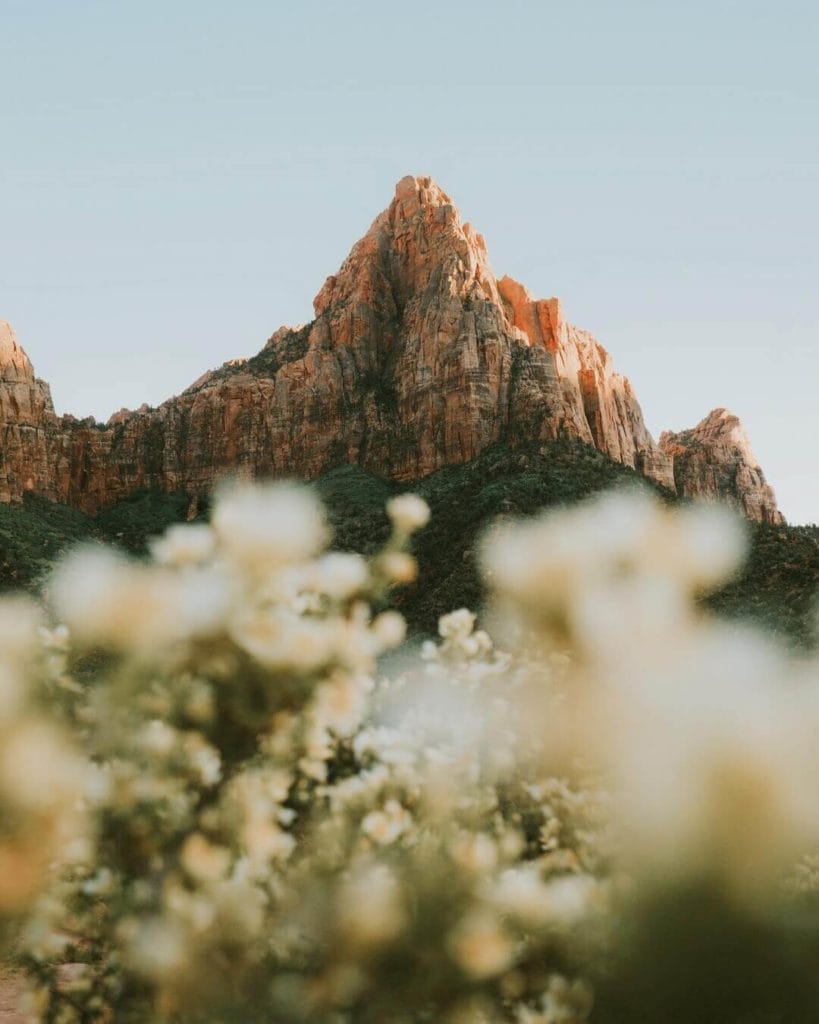
- Known For: Dramatic cliff-and-canyon scenery, including Angels Landing and The Narrows.
- Why It’s Pretty: Unique red rock formations and stunning canyon views.
Zion National Park in Utah is a remarkable natural wonder, renowned for its stunning red rock formations and awe-inspiring canyon landscapes — it’s one of the best Utah National Parks!
The park’s most iconic feature is Zion Canyon, with its towering cliffs of Navajo Sandstone that glow in vibrant shades of red and orange under the sun.
Zion features an array of hiking trails, ranging from easy walks along the Virgin River to more challenging adventures like the famous Angel’s Landing hike, which provides panoramic views of the entire canyon.
The Narrows, another popular hike, takes visitors through a narrow slot canyon carved by the Virgin River, offering a unique and immersive experience.
Read Next: Amazing Things To Do in Zion Besides Hiking
Acadia National Park, Maine
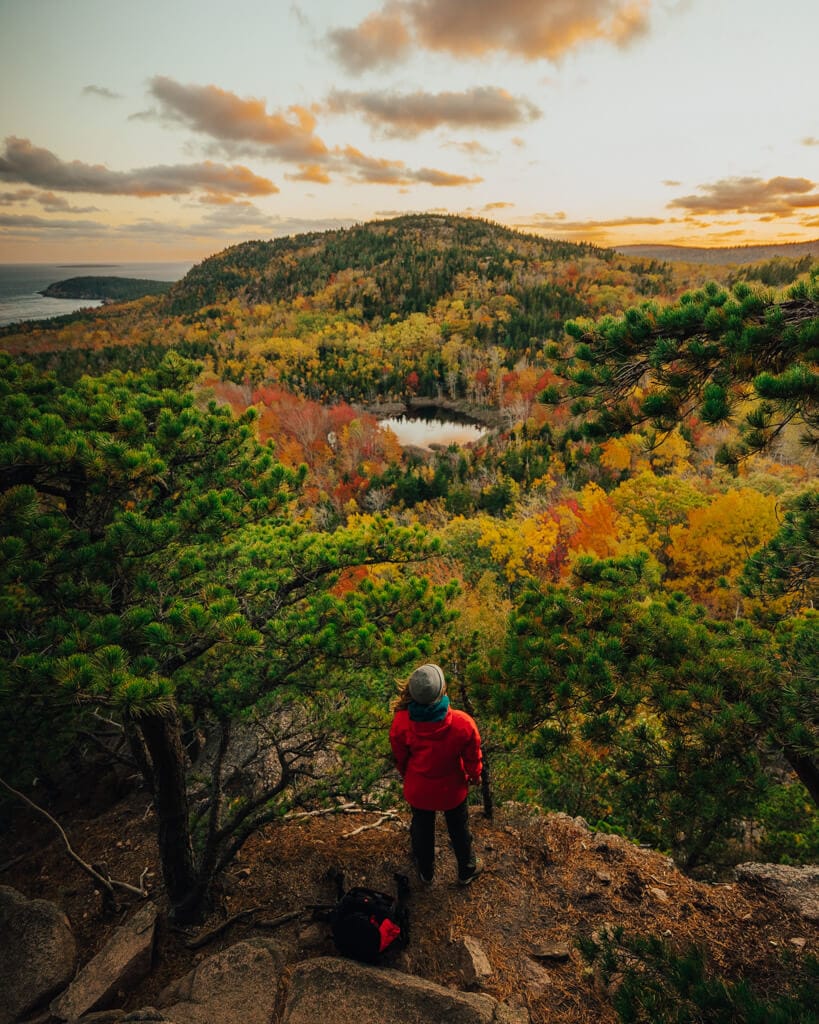
- Known For: Picturesque Atlantic coastline, Cadillac Mountain, and forested landscapes.
- Why It’s Pretty: Rugged coastal beauty, vibrant fall foliage, and scenic drives.
Acadia National Park in Maine is a breathtaking showcase of the Atlantic coast’s natural beauty, making it one of the prettiest parks in the U.S.
The park features a stunning mix of landscapes, from rocky beaches and rugged coastlines to dense forests and serene lakes.
Cadillac Mountain, the tallest mountain on the U.S. Atlantic coast, offers spectacular views, especially at sunrise.
The historic carriage roads, built by John D. Rockefeller Jr., wind through the heart of the park, offering a charming way to explore its beauty.
With its picturesque lighthouses, vibrant fall foliage, and abundant wildlife, Acadia National Park is a paradise for photographers and nature lovers alike, offering a quintessentially New England experience in every season.
Pro Tip: Visit Acadia in the fall — you won’t regret it!
Less Scenic U.S. National Parks
Gateway Arch National Park, Missouri
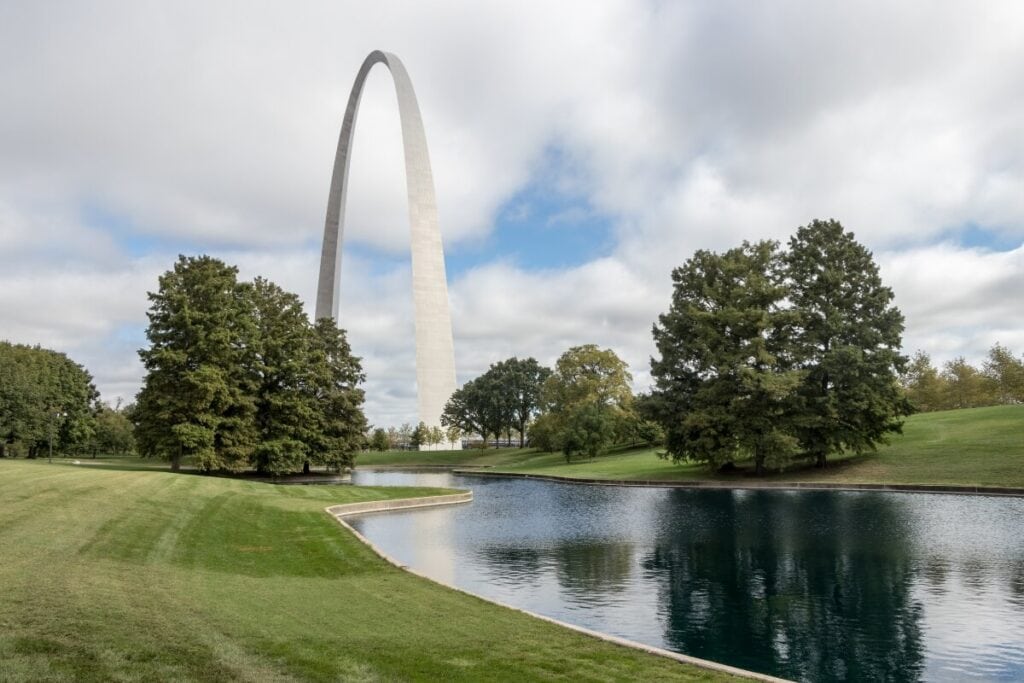
- Known For: The iconic Gateway Arch, symbolizing the westward expansion of the United States.
- Why It’s Less Scenic: While the Gateway Arch is architecturally impressive and offers great views of St. Louis and the Mississippi River, the park needs more natural landscapes and diverse ecosystems typically associated with national parks.
Gateway Arch National Park in Missouri, uniquely set in an urban landscape, offers a different perspective than America’s more wilderness-focused national parks.
Centered around the magnificent Gateway Arch, a towering symbol of the nation’s westward expansion, the park holds significant historical and cultural value.
Visitors can explore the museum at the base of the Arch, detailing the story of the Lewis and Clark expedition and the development of America’s frontier.
The park’s location along the Mississippi River provides picturesque views of the river and the St. Louis skyline.
But overall, I’d say the park really lacks charm.
Kobuk Valley National Park, Alaska
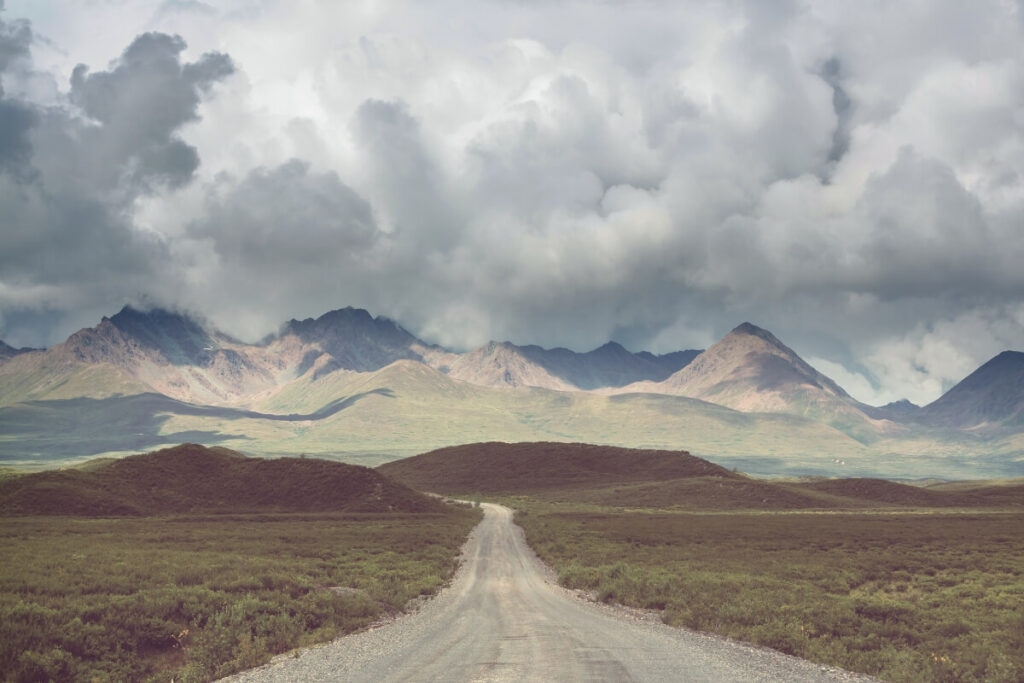
- Known For: Great Kobuk Sand Dunes and caribou migration.
- Why It’s Less Scenic: Unique for its Arctic desert landscape, but lacks the dramatic mountain or ocean vistas found in other parks.
Kobuk Valley National Park in Alaska, known for its remote and unspoiled wilderness, offers a distinct beauty markedly different from more frequented U.S. National Parks.
This park is most famous for the Great Kobuk Sand Dunes, a surprising and dramatic landscape of vast sand dunes set against a backdrop of Arctic tundra.
The lack of roads or trails and the park’s extreme remoteness mean it sees few visitors.
While the scenery of Kobuk Valley may not have the immediate dramatic impact of parks with grandiose mountains or ocean vistas, its an off-the-beaten-path adventure in one of the least visited national parks in the United States.
Congaree National Park, South Carolina
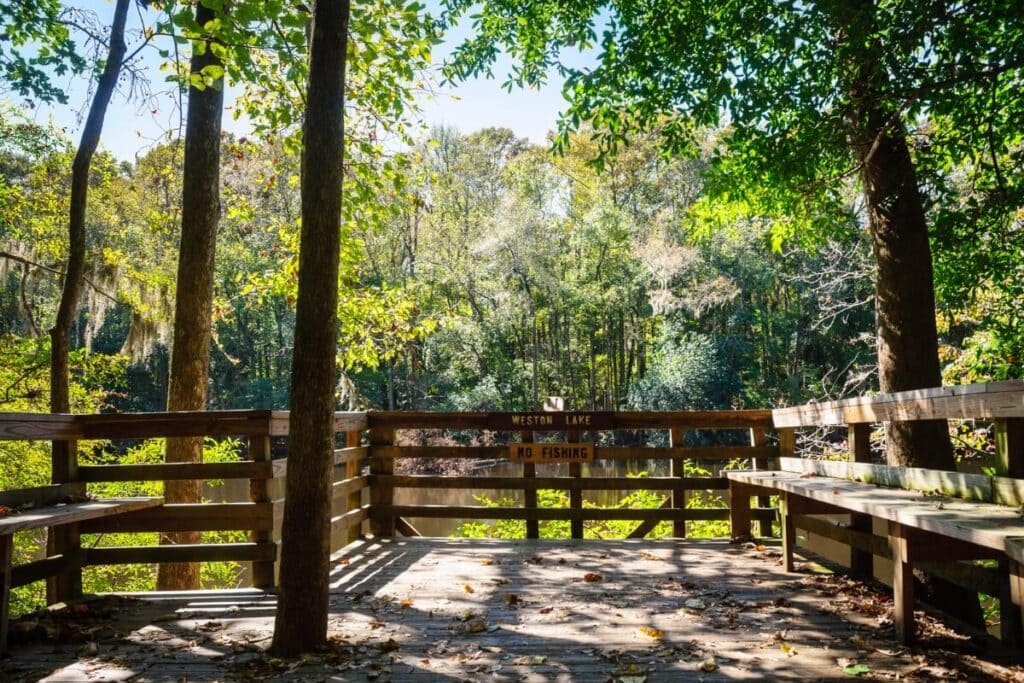
- Known For: Old-growth bottomland hardwood forest and the Congaree River.
- Why It’s Less Scenic: Its swampy terrain and dense forests may not be as visually striking as parks with more diverse landscapes.
Congaree National Park in South Carolina, often overlooked in favor of more famous national parks, offers a distinct and tranquil beauty.
This park is renowned for protecting one of the largest tracts of old-growth bottomland hardwood forest in the United States.
The park’s primary feature is the Congaree River, which meanders through the forest, creating a dynamic floodplain ecosystem.
One of the park’s highlights is the Boardwalk Loop.
This 2.4-mile elevated walkway allows visitors to wander through the forest and observe the beauty of the swampy environment without impacting the delicate ecosystem.
Great Basin National Park, Nevada
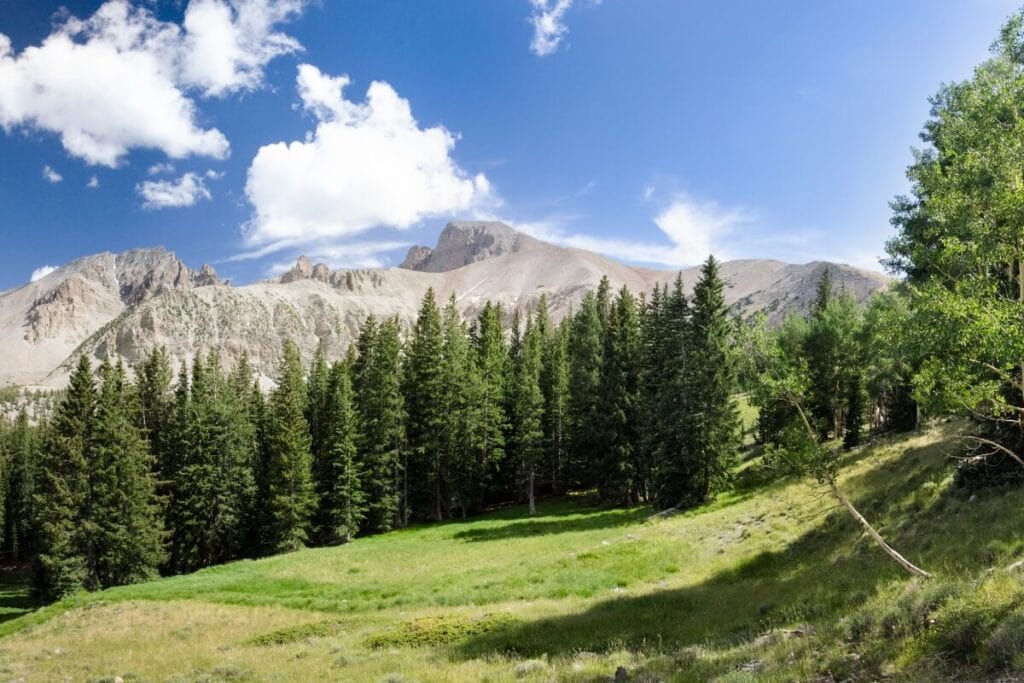
- Known For: Lehman Caves, ancient bristlecone pines, and Wheeler Peak.
- Why It’s Less Scenic: Offers unique natural features but may not have the immediate grandeur of more lush or mountainous parks.
Great Basin National Park in Nevada, often under the radar compared to more well-known national parks, possesses a quiet and understated beauty.
A key feature is the Lehman Caves, offering a fascinating underworld of stalactites and stalagmites.
Above ground, the park is home to the ancient bristlecone pines, some of the oldest living organisms on Earth, standing amidst a backdrop of rugged peaks.
The park’s high elevation leads to clear, dark skies, making it an excellent spot for stargazing.
The Wheeler Peak Scenic Drive provides breathtaking views and access to high alpine areas.
Isle Royale National Park, Michigan
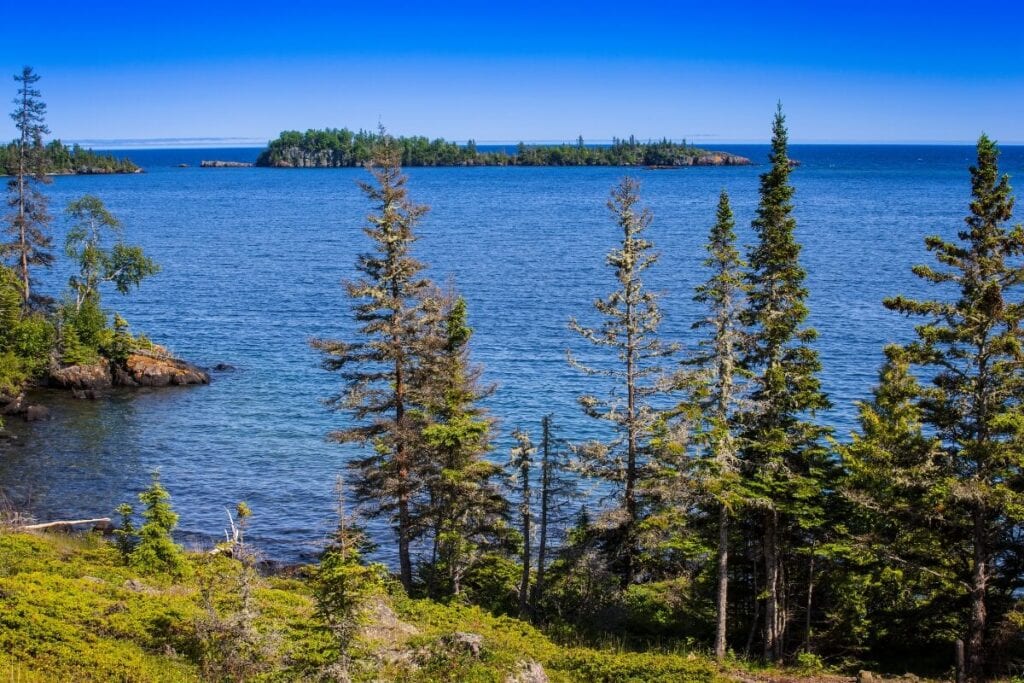
- Known For: Wilderness and solitude, moose and wolf populations.
- Why It’s Less Scenic: The scenery, while beautiful, might not be as immediately striking as other parks with more diverse or dramatic landscapes.
Isle Royale National Park in Michigan, set in the heart of Lake Superior, is a remote island wilderness offering a serene and rugged beauty.
It’s a haven for backpackers and kayakers, offering a network of hiking trails and waterways that provide a close encounter with raw, unspoiled nature.
Wildlife, including moose and wolves, roam freely, adding a sense of wildness to the pristine environment.
The views could be moreatic, but it’s a great Midwest gem, especially for kayaking.
What parks would make your list? Let me know in the comments!